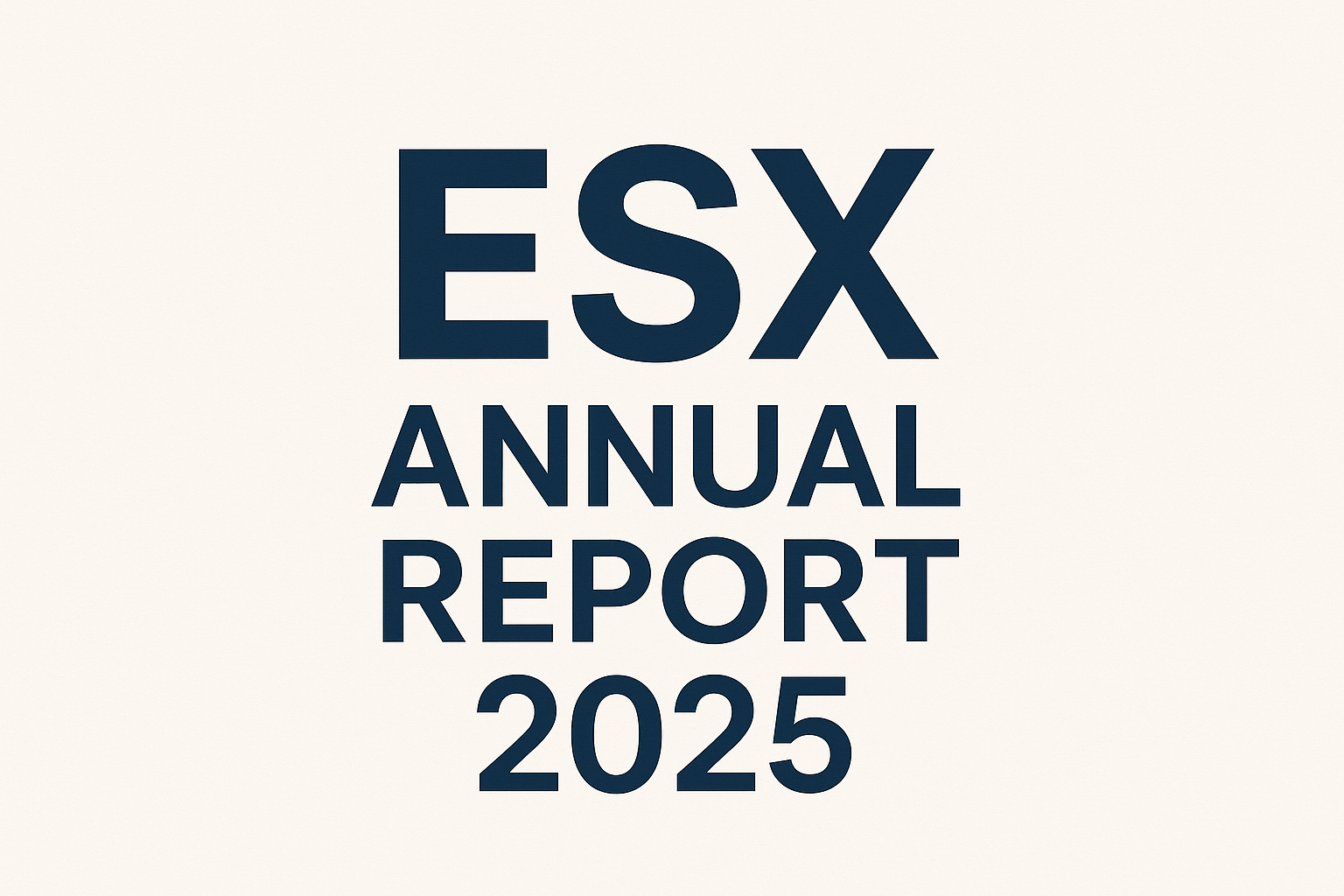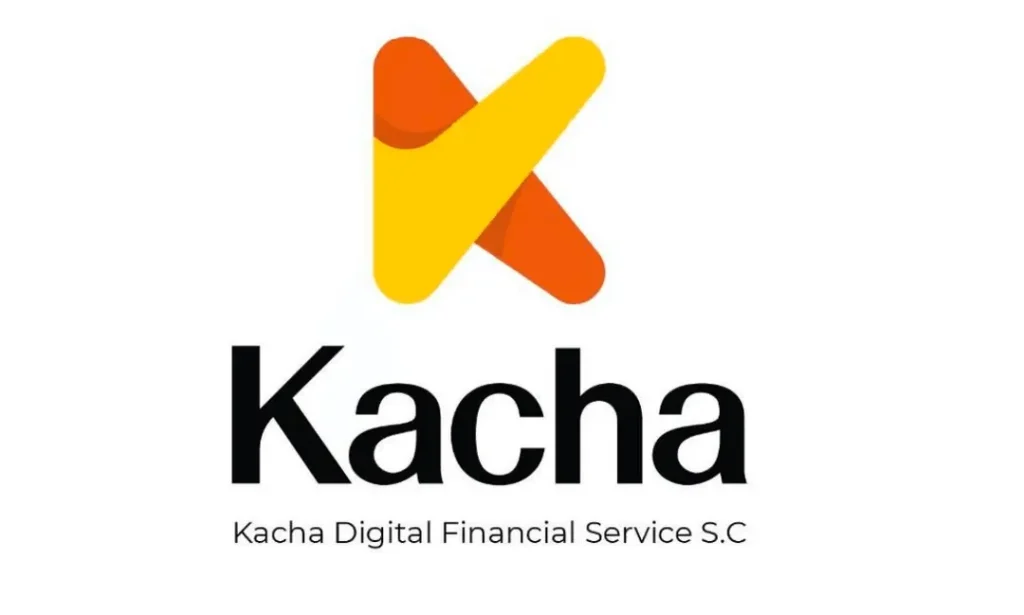Ethiopia’s Debt Restructuring; accountability and disarray?
- Debt Talks Collapse, Eurobond negotiations with creditors end in stalemate.
- Governance Failures, Opaque borrowing and weak transparency deepen the crisis.
- Fiscal Strain, Heavy taxes, low revenue, and inefficiency worsen finances.
- Structural Weakness, Narrow tax base and fragile economy limit resilience.
- Reform Imperative, Sustainable recovery requires transparency, growth, and accountability.

Ethiopia is grappling with a debt restructuring crisis after talks with private bondholders over its $1 billion Eurobond collapsed without agreement. The high-stakes negotiations, held from late September to mid-October 2025, aimed to restructure Ethiopia’s sole international bond (originally due December 2024) but ended in deadlock. Both sides had tentatively agreed on some financial terms including a 15% principal haircut and a new maturity in 2029 – yet they could not reconcile differences over key provisions tied to Ethiopia’s future economic performance. This impasse prolongs Ethiopia’s default status (in effect since late 2023) and underscores deeper economic and governance challenges facing the nation. The episode raises critical questions about how Ethiopia arrived at this point, how its development trajectory and policies (like taxation of manufacturers) have intersected with its debt burden, and why greater accountability and transparency are urgently needed from Ethiopian authorities. The following analysis delves into the origins of Ethiopia’s debt troubles, the details of the failed restructuring talks, and the broader context of Ethiopia’s economic growth and fiscal governance all with a critical eye on the need for more accountable management of the economy.
Only a decade ago, Ethiopia was celebrated as one of Africa’s fastest-growing economies, posting near-double-digit GDP growth. In 2014, buoyed by that momentum, it entered global capital markets with its first Eurobond, a $1 billion, 10-year issue at 6.625%. The government’s borrowing spree through the 2010s financed massive infrastructure and industrial projects, but it also deepened structural imbalances: an overvalued currency, state-driven credit, and rising external debt. By the late 2010s, with much of its funding coming from China and global lenders, debt levels became unsustainable. A series of shocks from the Tigray conflict and COVID-19 to global price spikes pushed Ethiopia into crisis. After missing a $33 million Eurobond interest payment in December 2023, the country fell into restricted default. By mid-2024, with external debt around $31 billion, Addis Ababa secured a $3.4 billion IMF credit facility tied to debt-restructuring progress marking a turning point in its long-running struggle to restore financial stability.
After months of preparation, Ethiopia reached a deal in mid-2025 with official creditors—Paris Club members, China, and others—under the G20 Common Framework, securing a 12.5% debt reduction, a three-year payment extension, and a 34% cut in debt service during its IMF program. This agreement set the baseline for talks with private bondholders, who entered restricted negotiations from September 25 to October 13, 2025. Both sides tentatively agreed on a 15% haircut, extending the bond maturity to 2029 and lowering the coupon to 6.125%, while acknowledging about $100 million in missed interest payments. Talks broke down, however, over “value recovery” terms: bondholders wanted a generous export-linked upside instrument (up to $400 million) and limited downside protection, whereas Ethiopia proposed a smaller, capped version. Disputes over these technical details and transparency around official-creditor terms led to a stalemate. On October 14, 2025, the Ministry of Finance announced the failure of talks, leaving Ethiopia in default and highlighting persistent flaws in the G20 Common Framework’s slow, fragmented approach to debt relief.
The collapse of Ethiopia’s debt negotiations exposes deep-rooted governance, transparency, and policy failures that go far beyond missed payments. The government now faces a stark choice: remain in default and bear the economic and reputational costs, or concede more favorable terms to creditors while enacting painful fiscal adjustments at home. Many analysts argue this crisis was preventable had authorities embraced transparency, fiscal discipline, and reform earlier. For years, Ethiopia’s borrowing—especially from China and other nontraditional lenders—was opaque, with little public disclosure or oversight, eroding investor confidence and citizen trust. Even during the Eurobond restructuring, Addis Ababa’s initial reluctance to share details of its deal with official creditors reinforced perceptions of secrecy and disorganization. Meanwhile, the state has leaned heavily on citizens and businesses to close its fiscal gap: sweeping new taxes on fuel and goods have raised over 173 billion birr but also pushed fuel prices above 120 birr per liter and driven up living costs. Critics contend that the government’s revenue drive is mismatched with its failure to curb inefficiency—recent audits found tens of billions of birr in uncollected revenue and mismanaged funds. Ethiopia’s tax-to-GDP ratio has fallen to just 7.5%, one of the lowest in Africa, reflecting a narrow, agrarian economy and a stagnating manufacturing sector. Years of tax holidays, subsidized prices, and limited formalization have hollowed out the state’s revenue base, leaving it overly dependent on external loans. Recent reforms, including a major devaluation and export growth to a record $8.3 billion in FY2024/25, have improved the outlook slightly, but economists warn that without genuine structural transformation these gains will not last. To restore sustainability, Ethiopia must pair fiscal discipline with inclusive, export-driven growth—reviving manufacturing, broadening the tax base, and improving governance. True recovery will require transparency, efficiency, and a clear shift away from state-led borrowing toward a more open, accountable, and productive economy capable of financing itself.
Ethiopia’s stalled debt restructuring is a sobering reminder of how rapid development without sound financial management can lead to crisis. The collapse of talks with bondholders in October 2025 has left the country stuck in default, unable to access global markets, and reliant on IMF support. To move forward, the government must engage private creditors in good faith and find a balanced compromise to finalize restructuring before patience runs out and legal action ensues. Yet debt relief alone won’t fix the underlying problem—weak fiscal discipline and limited accountability. Ethiopian authorities must lead with transparency, curb waste and corruption, and communicate clearly how borrowed funds are used. True recovery will require pairing fiscal reforms with inclusive, export-led growth that expands the tax base and strengthens private-sector participation. If peace endures and reforms continue, Ethiopia can rebuild credibility, attract investment, and transform its economy on a more sustainable and accountable foundation.






